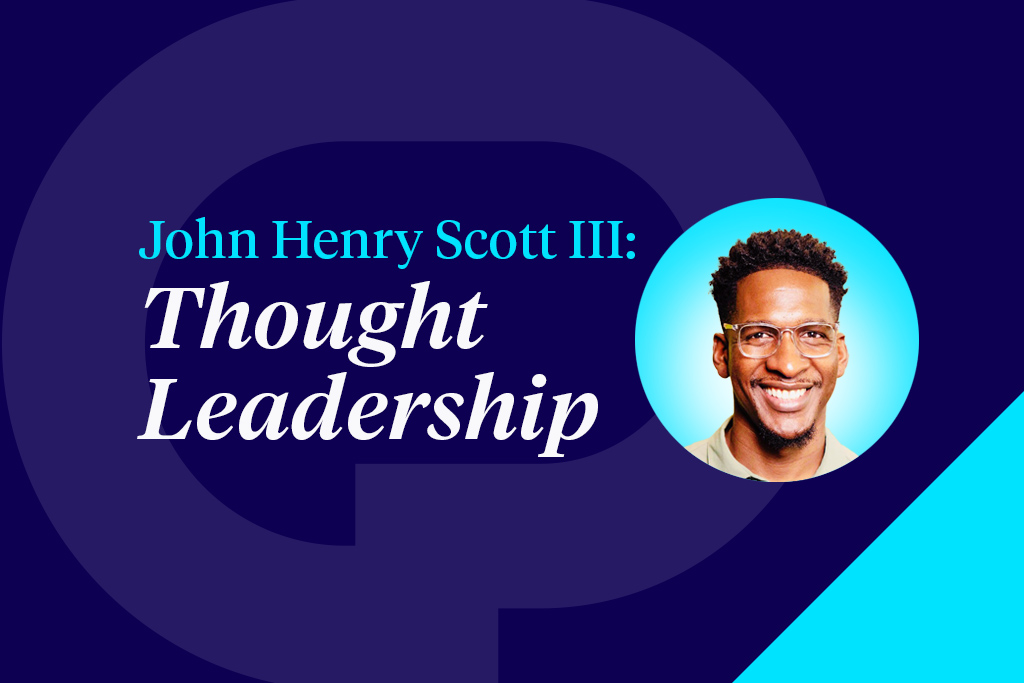This article originally appeared on Jessica Kriegel’s LinkedIn.
Most Americans began truly reckoning with COVID around mid-March 2020; some are still grappling with COVID and all its various effects. There have been a many theories tossed around about COVID’s ultimate impact on work. It has been 39 months since counties and cities started being shut down and workers were made WFH overnight. In those 39 months, what have we learned?
The Big Lesson
The big lesson — and this is based on research, anecdotal conversations with friends and former colleagues, and our client work with executive teams — is that COVID changed the connection people felt towards work. In some cases, it strengthened that connection — usually in situations where a company stood by their employees in April 2020, and those employees looked around and saw all their friends at other companies getting laid off. I was at Oracle and I will not forget that Safra Catz made it clear that no one would be laid off.
For others, it shifted our connection to work in a different way: it’s not that we want to work less (that sometimes gets made into the narrative), but we want more flexibility and autonomy around our work. We realized, in a collective sense, that work isn’t and will never be everything. Playing board games with our family because of lockdown reminded us to zoom out. Perspectives and goals changed.
That’s the big lesson. Now, unfortunately, some leaders — and this is in part driven by macro factors like higher interest rates, etc. — have tried to use 2023 to reinstall the old playbook of 2016-2017 (i.e. five days in office, command and control, etc.) Many employees are not having it. It’s square-peg, round-hole — and the job market is still good enough that employees have choice, even in what feels like a recessionary environment.
I talked about this with Christine Romans of CNN last week:
It’s an attempted return to pre-pandemic norms, but with a post-pandemic mindset. It won’t end well for companies.
The Second Big Lesson
Most of our engagements with CULTURE PARTNERS are with the CEO and executive team. One of their biggest concerns in the last year has been how people work. It’s important to understand here that I’m not saying “No one wants to work anymore.” I don’t believe that, and my colleagues at Culture Partners don’t believe that. Plenty of people want to work. Instead, what executives are really voicing is — people almost forgot how to work. It’s a question of pace.
Some of this has to do with work norms about in-office vs. from-home. Some of this is older generations complaining about younger generations, which is a timeless tradition. Some of this is executives missing targets and bemoaning that people don’t care as much as they do.
What about automation? That’s a big trend, right?
Absolutely. If you read business journalism, that would be the trend of 2023. However, automation was coming whether COVID got here first or not. We are still waiting to figure out exactly what might happen with automation, and I don’t think we’ll know that conclusively for a decade or so.
I actually got to discuss that a few weeks ago on CNBC:
What are some of the other trends?
- General birthrate decline + baby boomer retirement: This equates to less people long-run, and thus less employees, and that’s happening at the same time as automation and various political battles about immigration.
- The rise of anti-work movements: The anti-work platforms and the main thread on Reddit, Inc. have been on fire since early COVID, and the anti-work narrative has come into the mainstream and been featured in BBC and other places. You’re seeing it in the form of increased unionization, quiet quitting, and social media backlash.
- Generational divides: I wrote a book on this years ago (feels like forever ago), and I’ve never been a fan of these generational discussions. Most of the discussions here are misguided and obscure the main point.
So if you’re a leader now — what do you do?
First main step is understand your culture and people and then make decisions about what is best for them, and your ultimate product/service. Your culture is perfectly aligned to get the results you’re getting right now. If you want to transform, achieve greater goals or pivot, your culture needs to come along. Some teams and companies do need (and want) to work in the office. Many do not. Some teams really like being together in a shared physical space. Other teams do not. It varies.
At the individual level, you need to provide flexibility. It might be the No. 1 perk of modern work. And it has a profound impact on women in particular. If someone knows they can leave at 2:30pm to take care of some errands or see their daughter play a sport, that’s incredibly impactful for an employee. If they get those benefits and they’re not producing, then talk to them. But if they are, and the production happens at 8pm instead of 3:35pm, then it’s a win win. Flexibility is the best thing you can offer as a leader right now.
At an organizational level, you need to focus more on adaptability. That means is focusing on resilience, explaining clearly to people where the business is and where it might head, having frank conversations about what things you might automate down the road, etc, etc.
You want to build a culture where the people can work in a flexible way, and the org (the sum of the people) can work in an adaptable way.
This is the pyramid we work with clients on:

What I’m describing with flexibility and adaptability start right at the bottom of the pyramid — those are experiences of working at a place. If an employee needs flexibility and can’t have it, that’s a negative experience. That’s going to flow upward as a negative belief, which can become a negative action, etc. If an org builds in adaptable tendencies at the day-to-day experience level, then those become positive beliefs by employees about the company, which become stronger actions, which lead to results.
When companies use this model (the Results Pyramid) as the bedrock of a Culture Equation Journey we provide, they see about 44.9% revenue growth across three years.
I’d double down on adaptability and flexibility right now.




